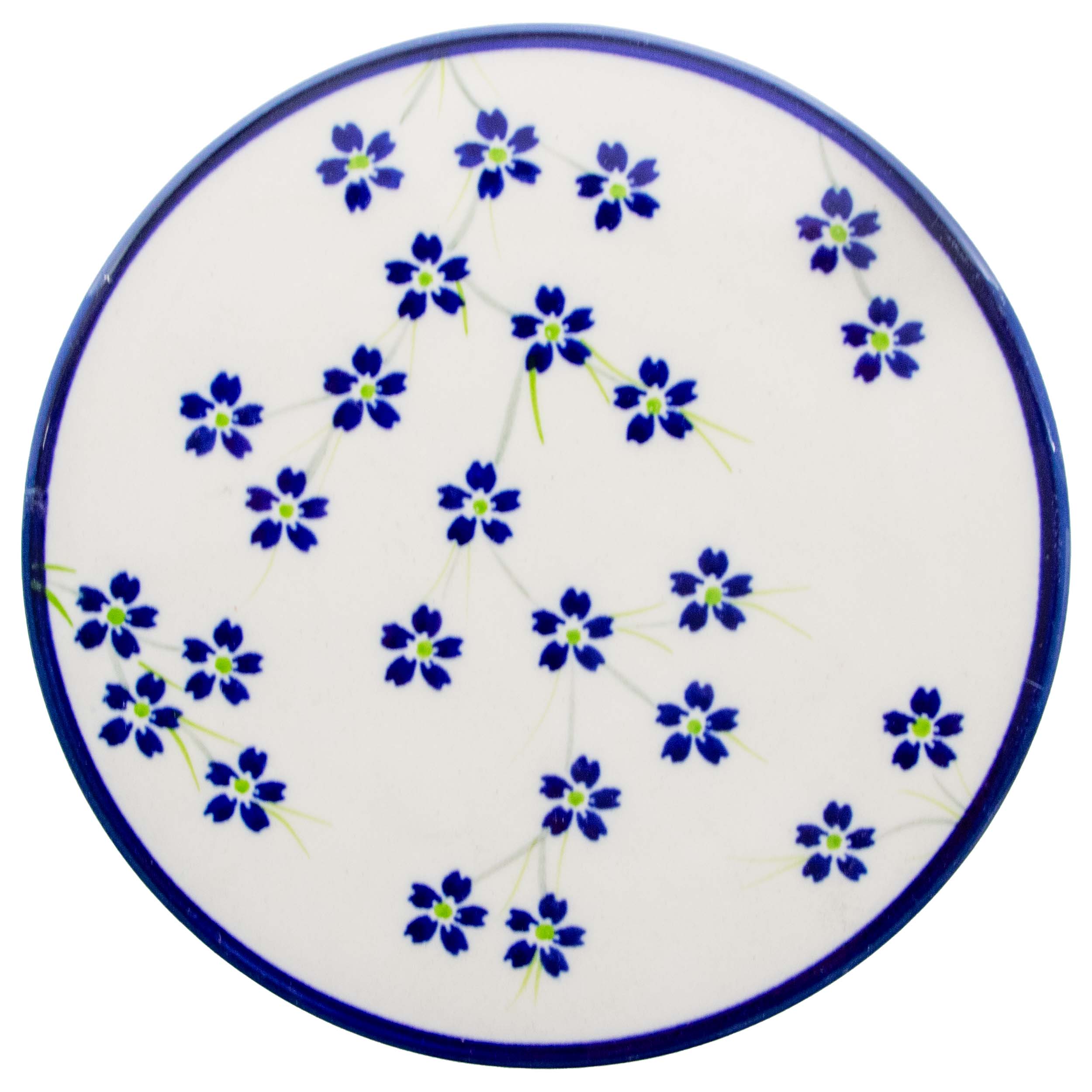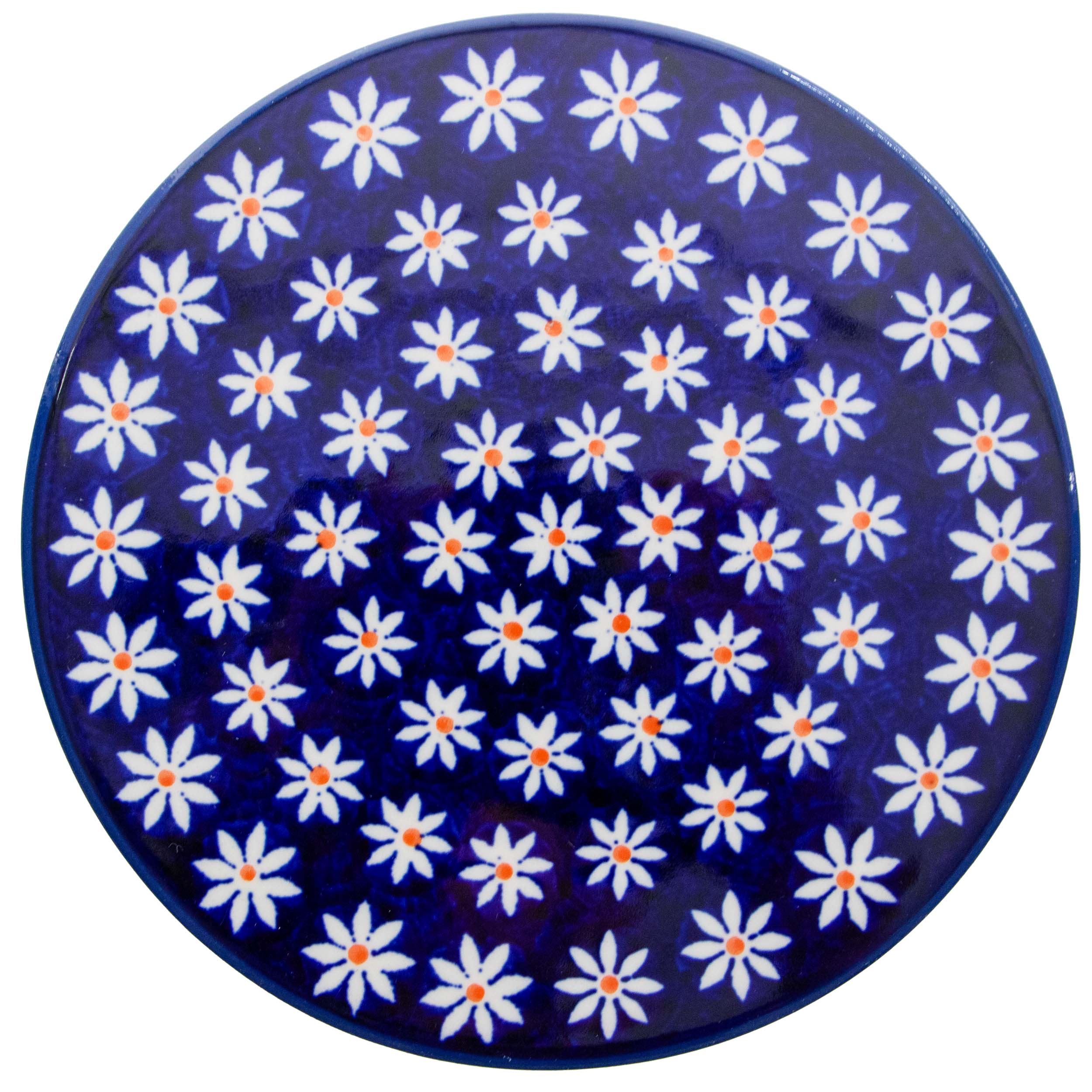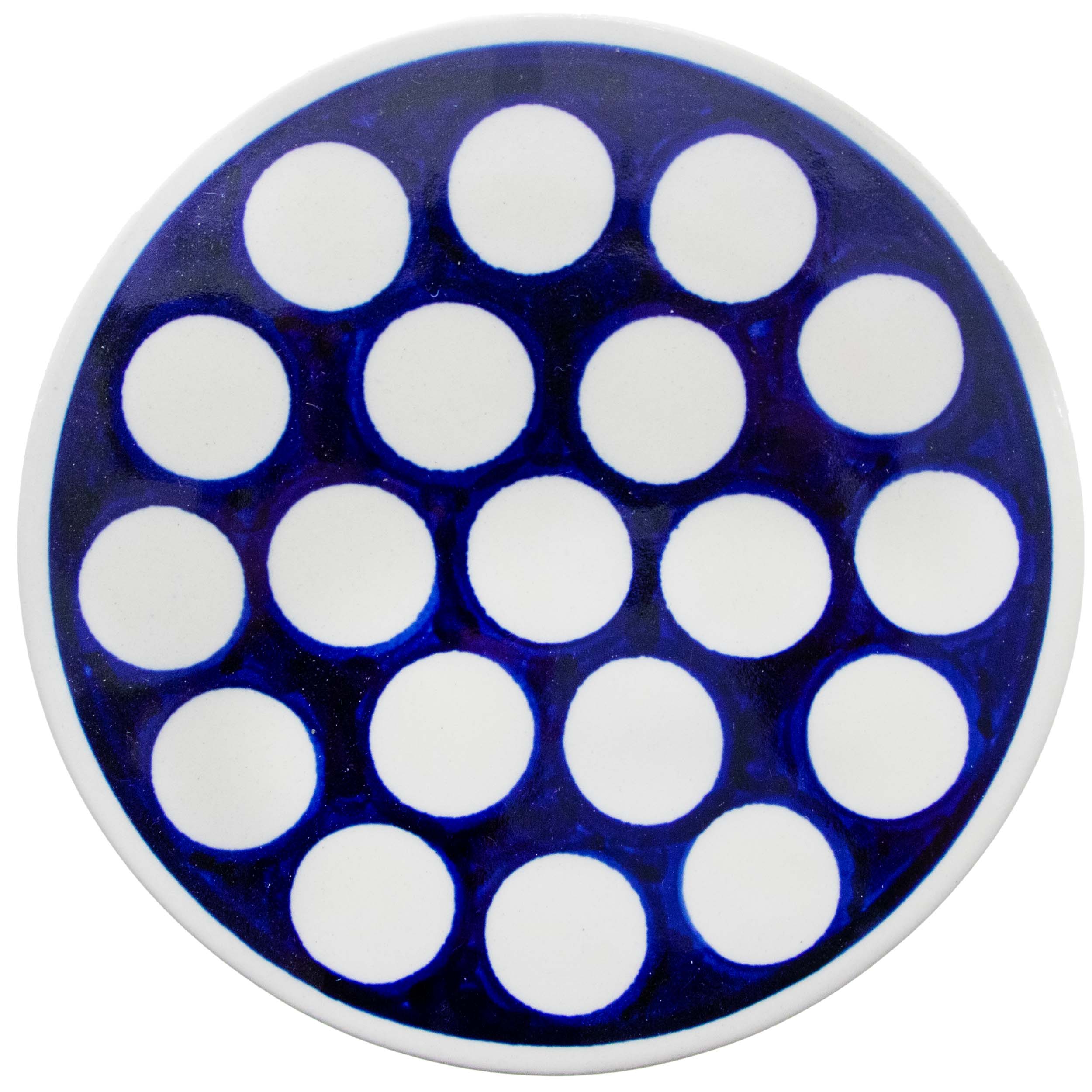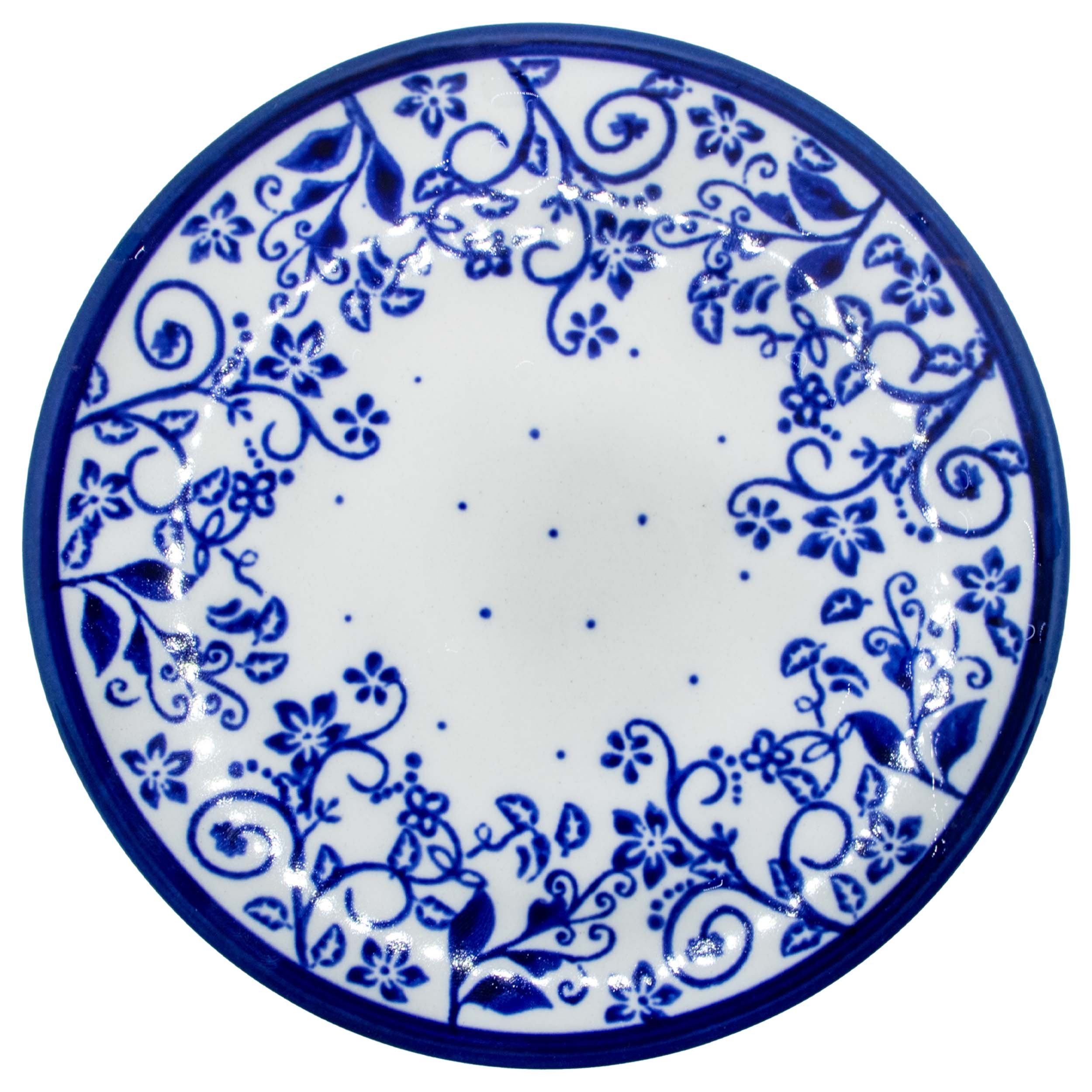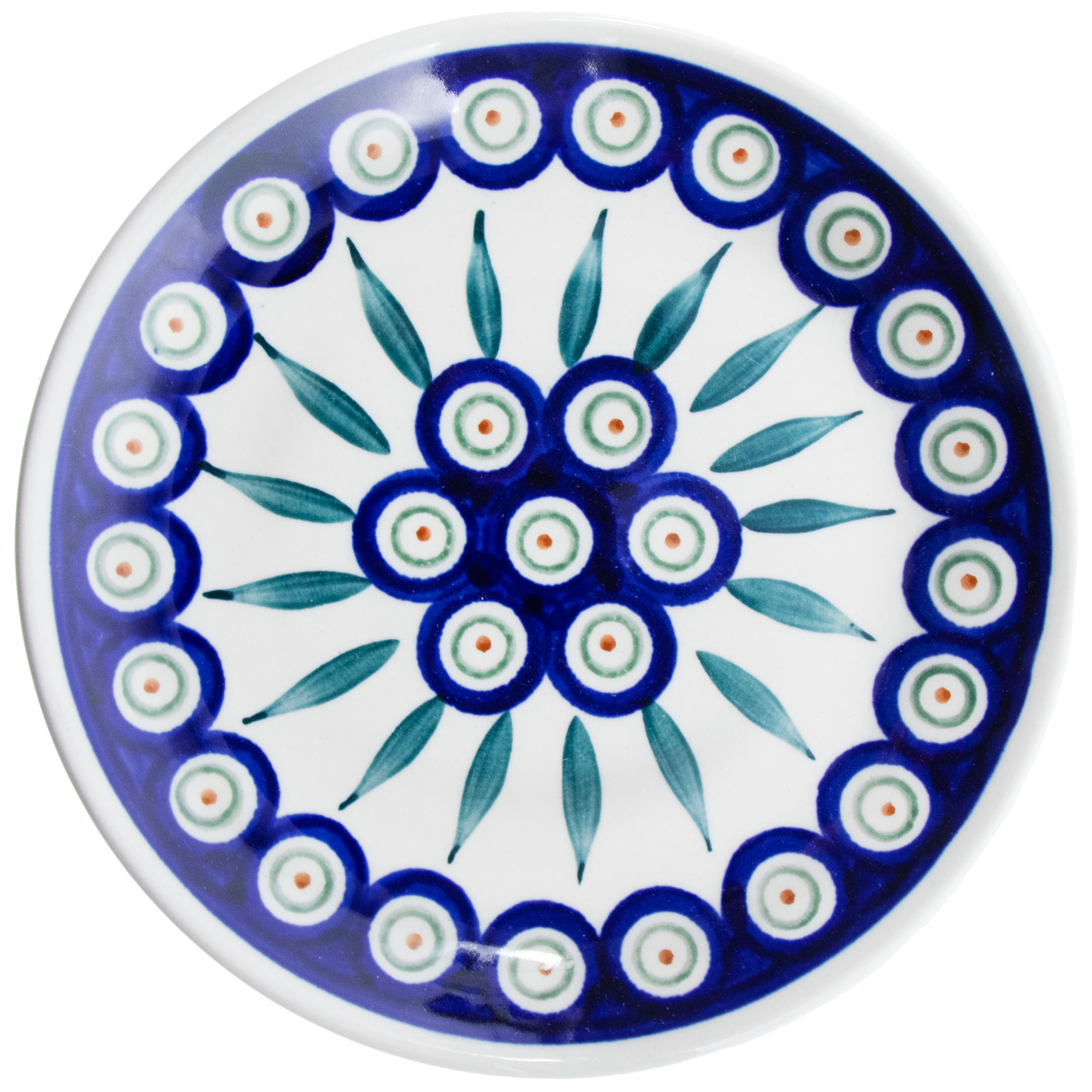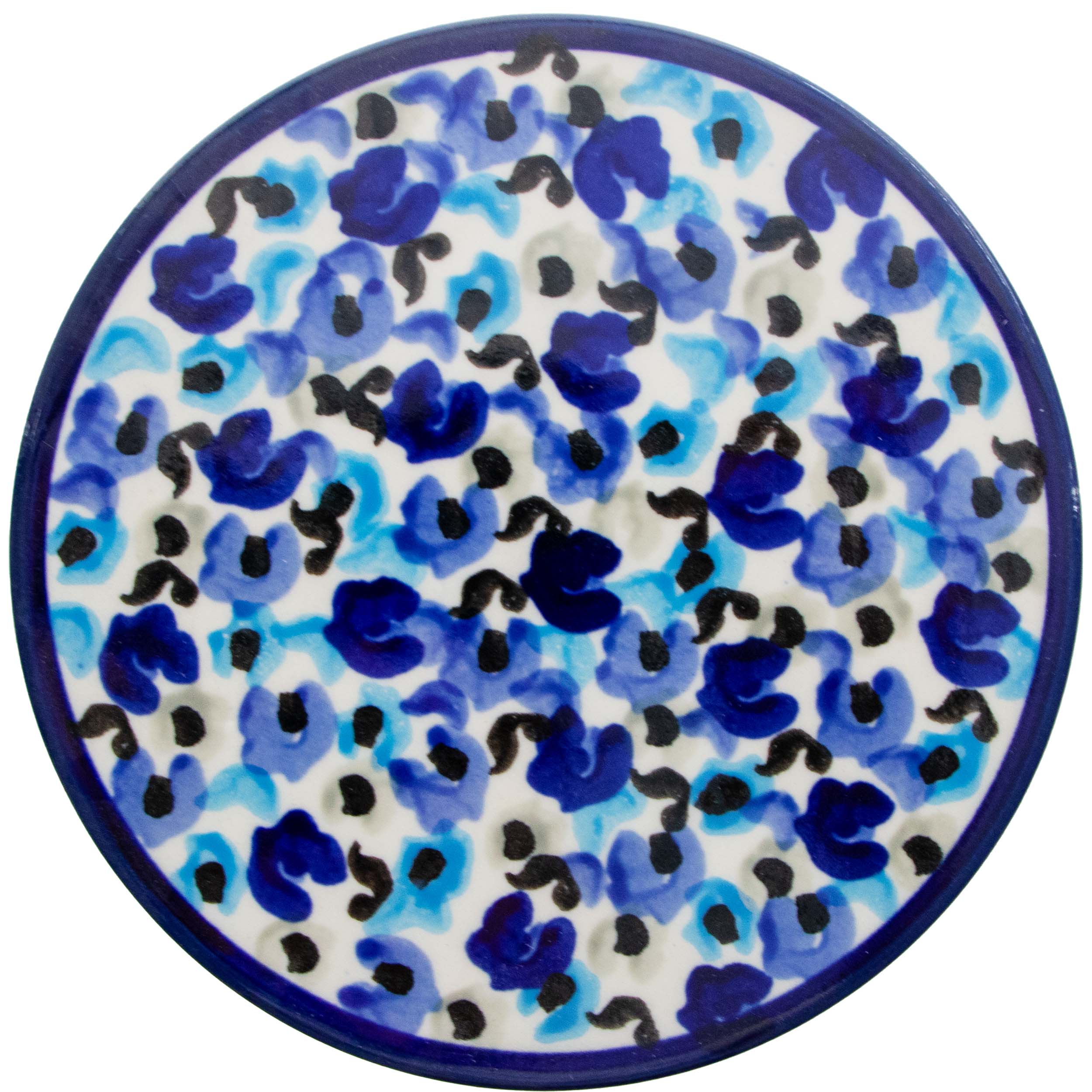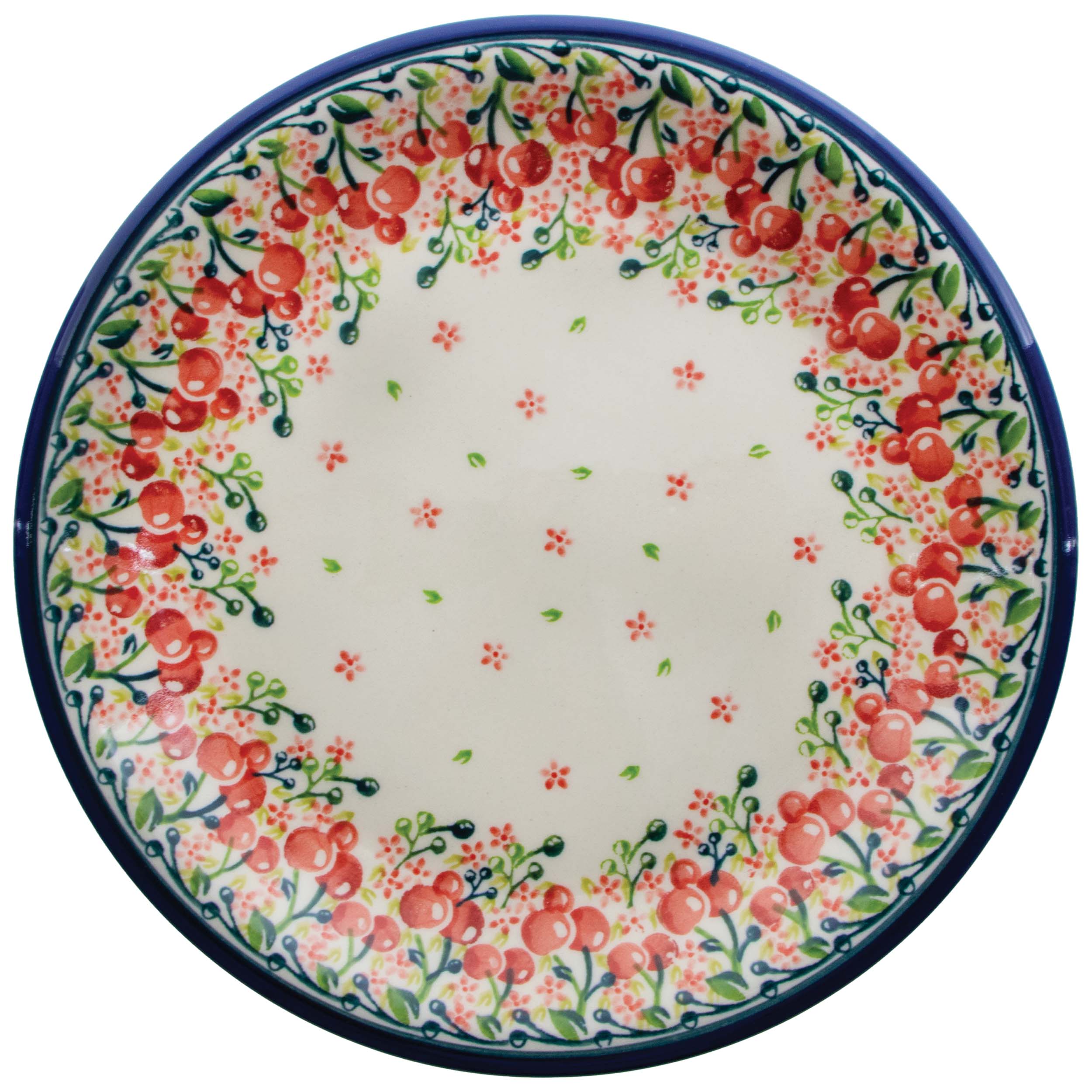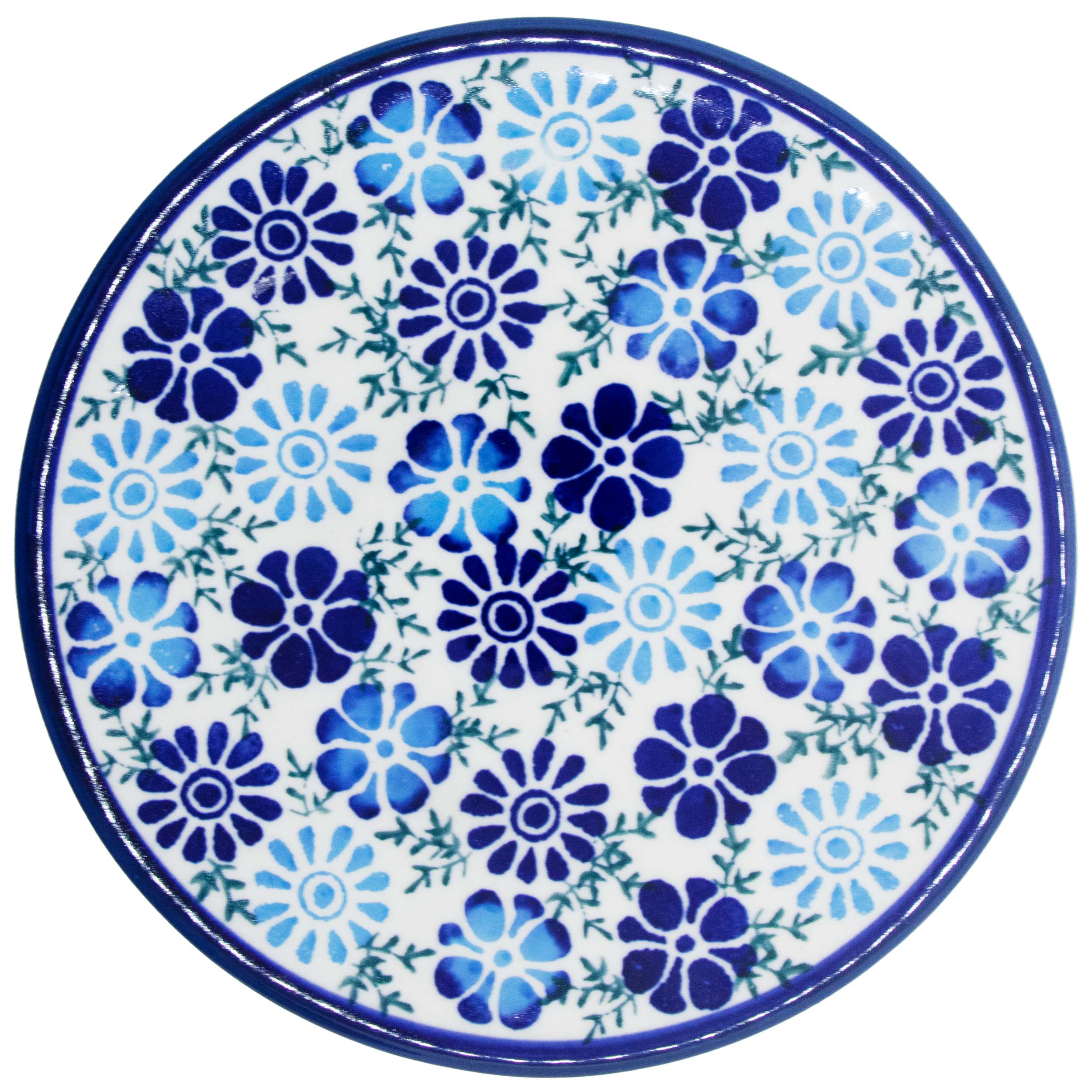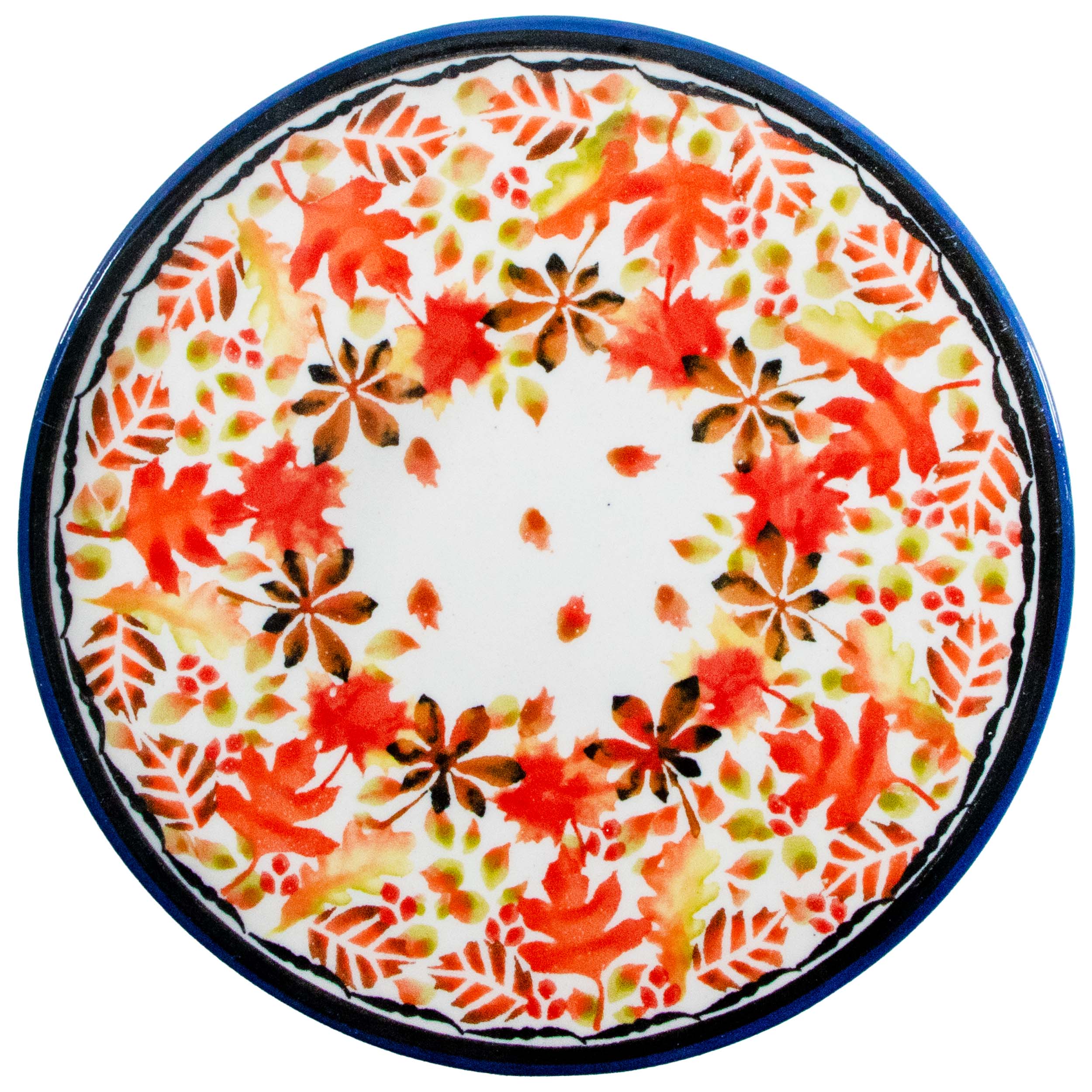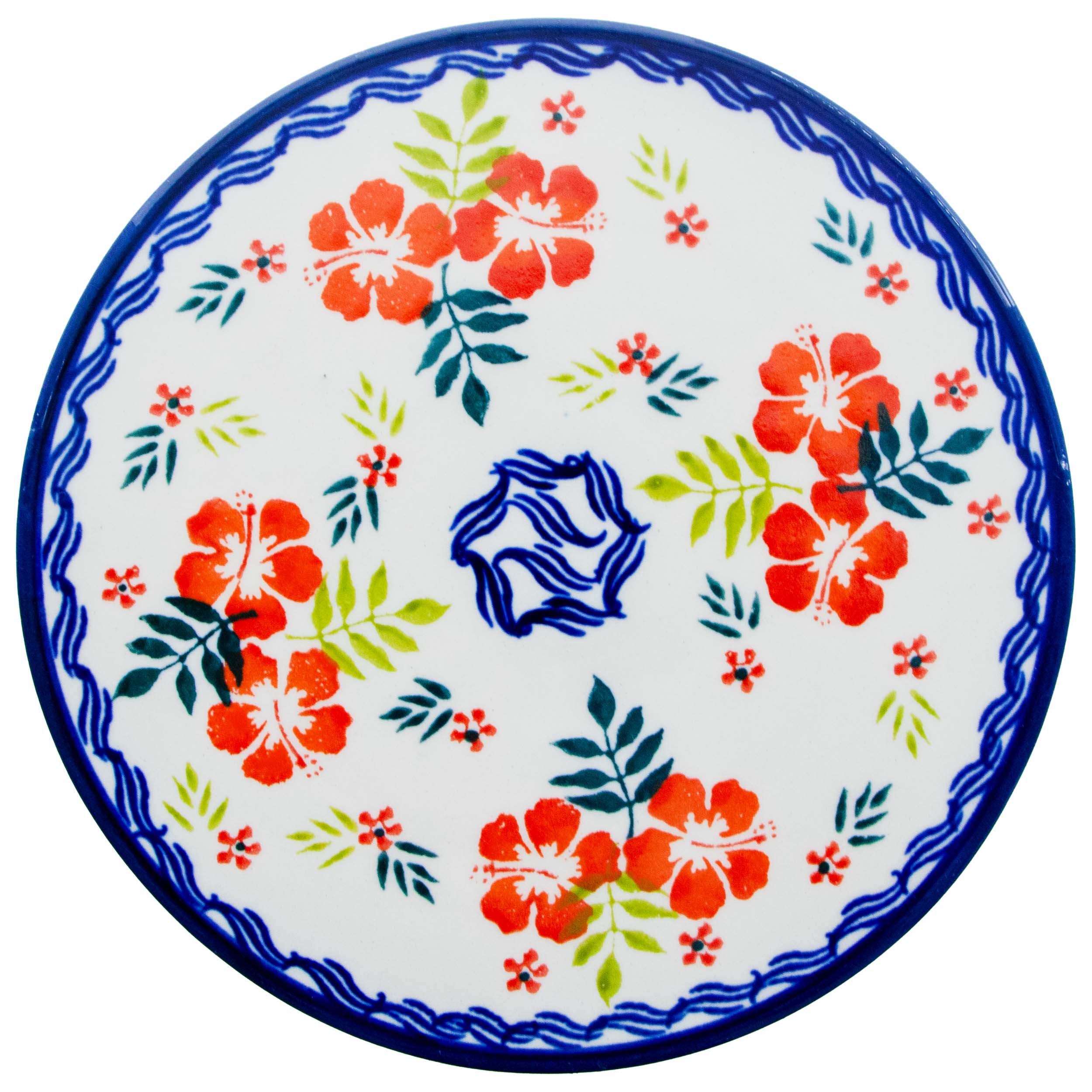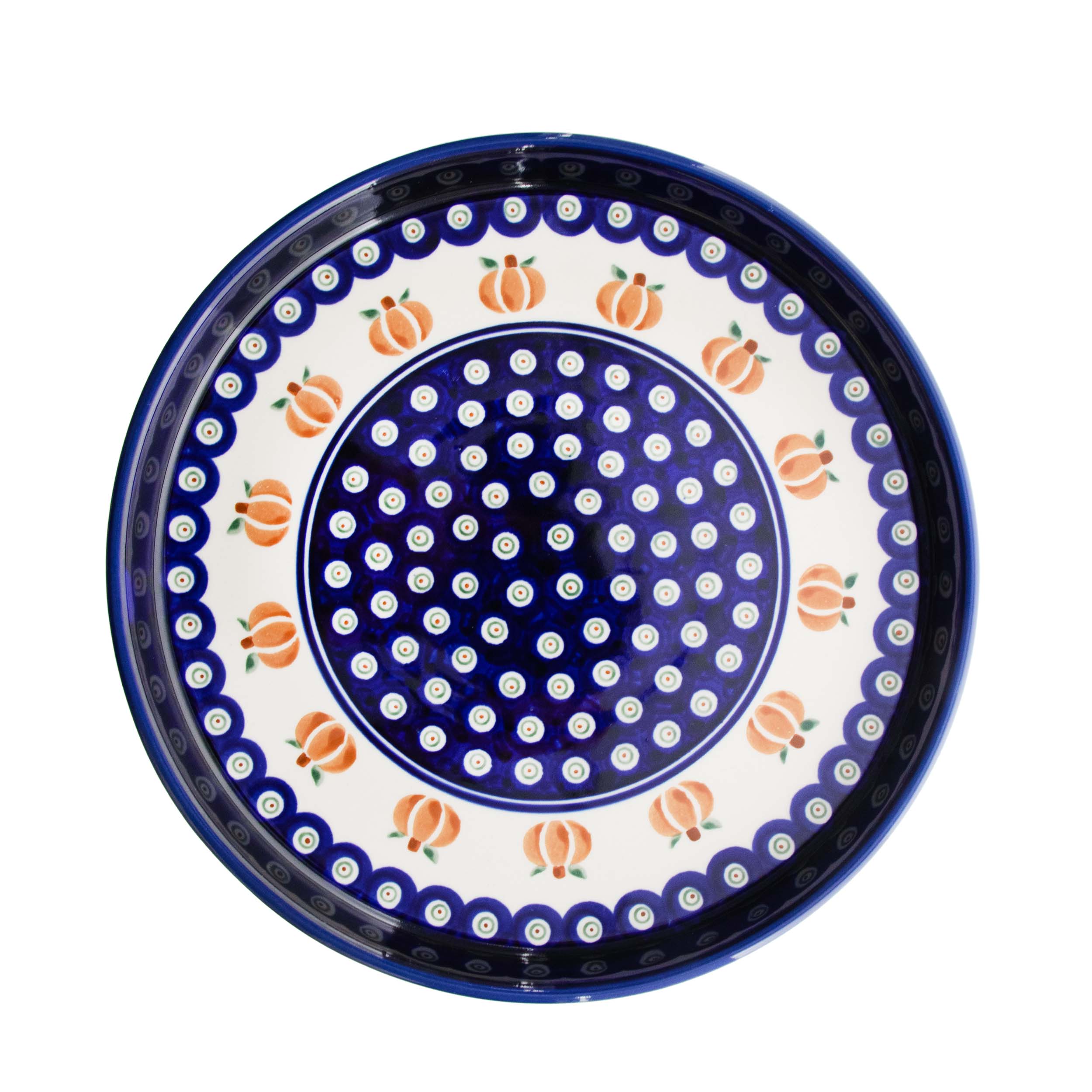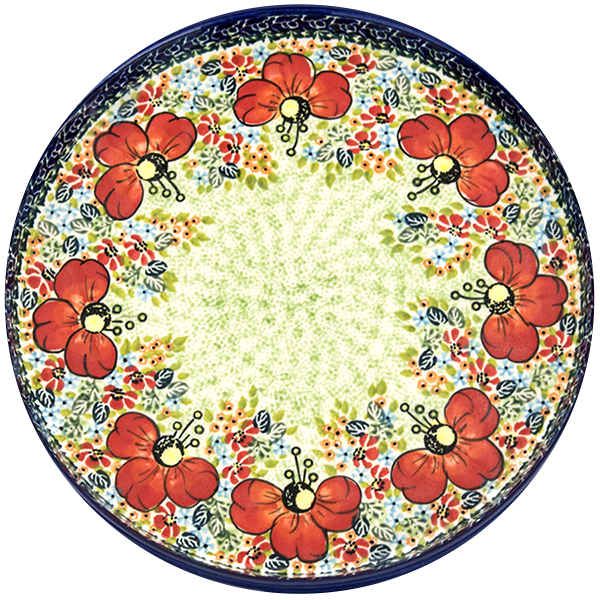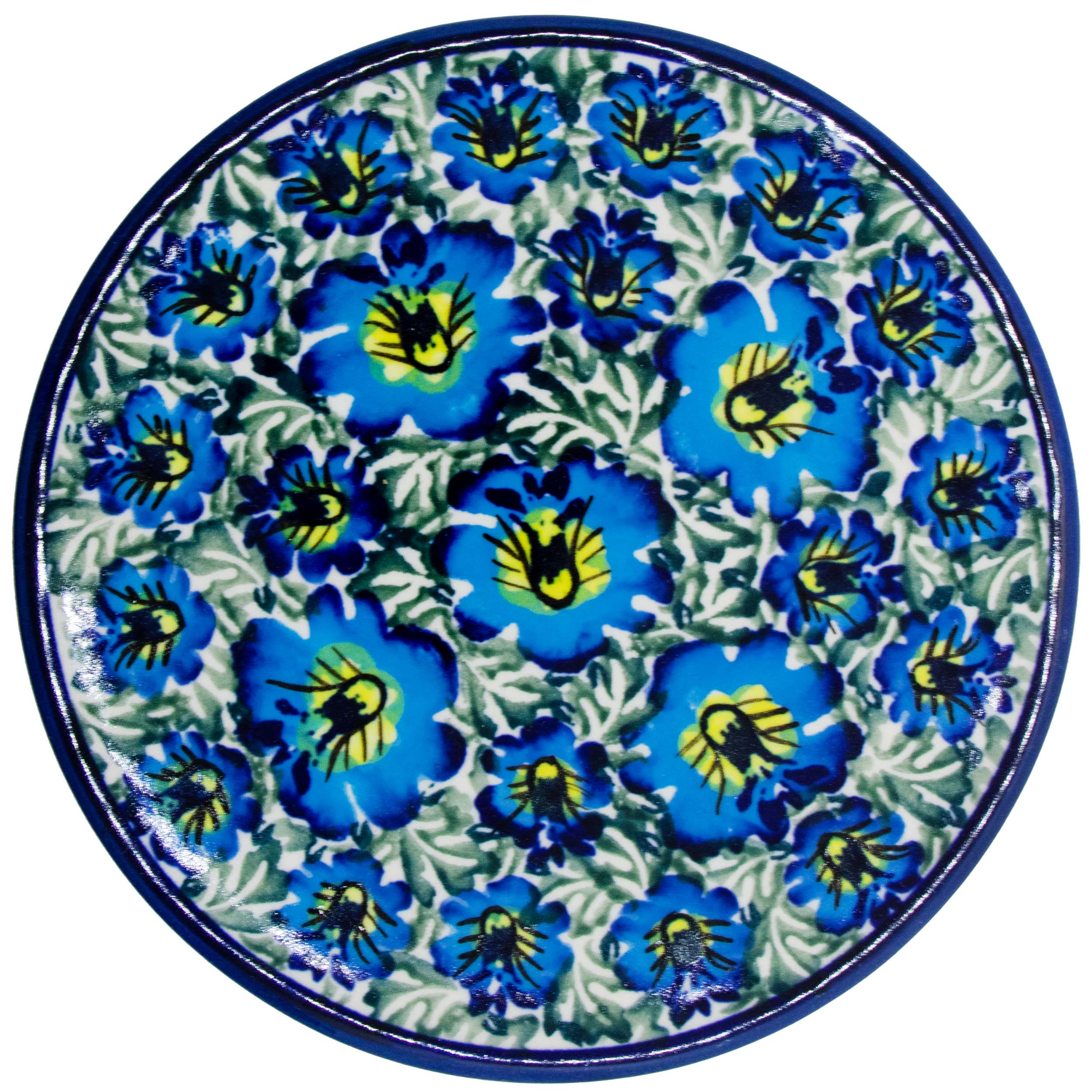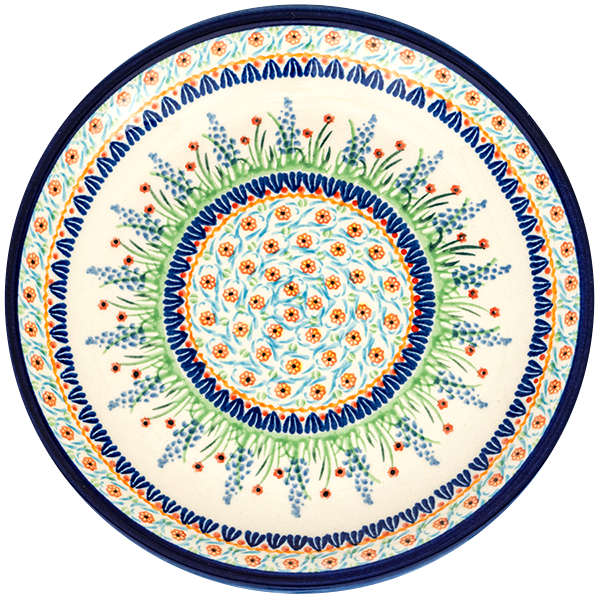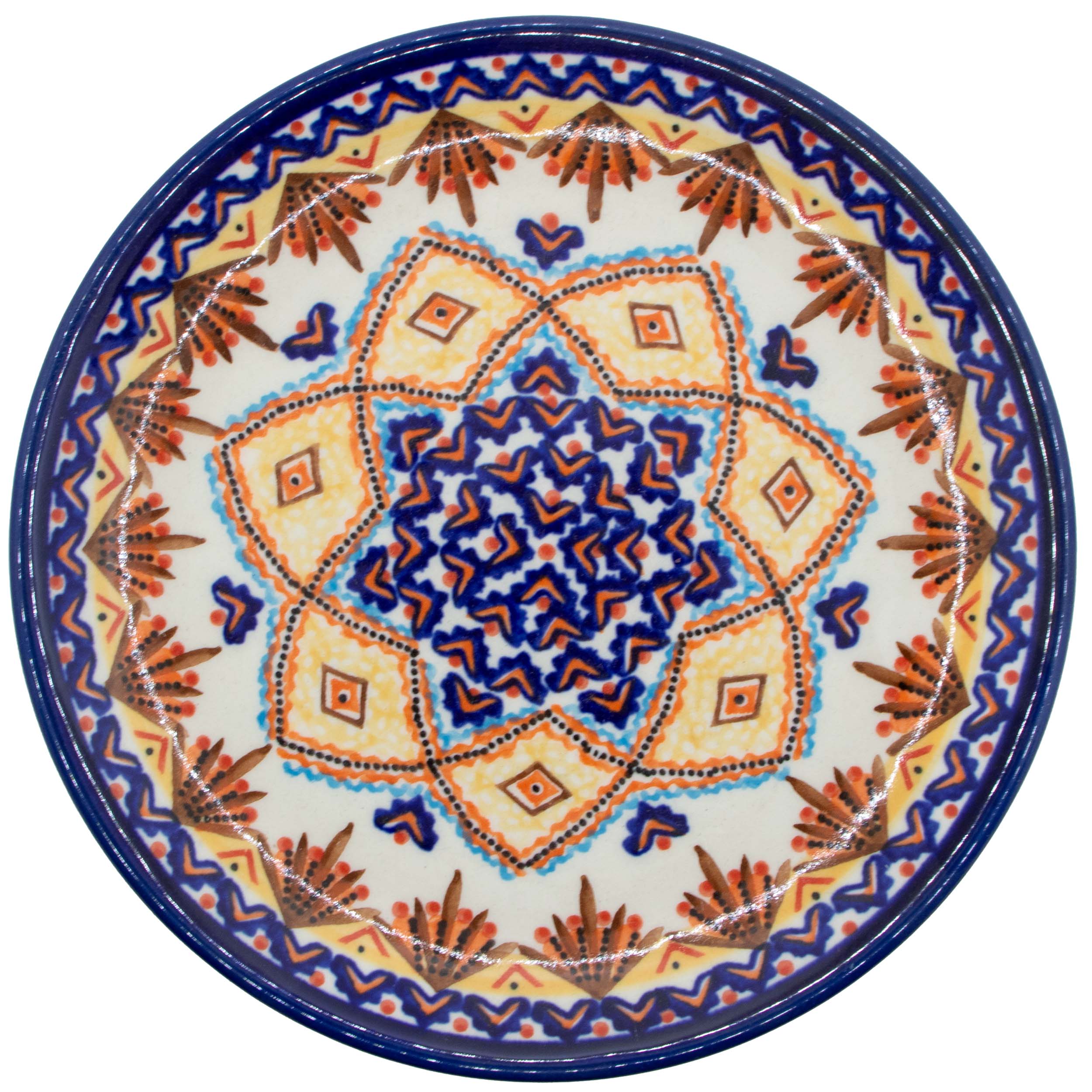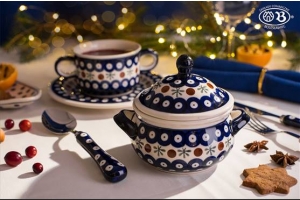Exploring the Regions: A Journey Through Polish Pottery Origins
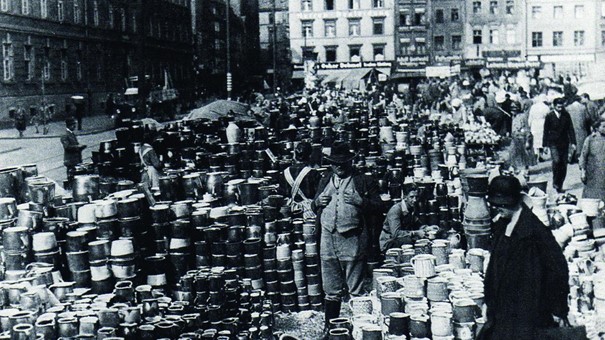
Exploring the Regions: A Journey Through Polish Pottery Origins
Polish pottery, with its intricate patterns and vibrant colors, has captivated the hearts of art enthusiasts and collectors around the world.
It is a timeless symbol of Polish craftsmanship and cultural heritage, carrying stories dating back centuries. But have you ever wondered where this mesmerizing art form originated?
In this article, we'll take a closer look through the regions of Poland that carry pieces of the country’s rich pottery art, unearthing the stories behind these regions and their unique relationship with Polish pottery.
Photo from Zakladyboleslawiec
Key Takeaways
- Boleslawiec in the Lower Silesian Voivodeship is known as the 'Polish Pottery Capital' due to its long tradition of pottery making and the handcrafted, hand-painted pieces produced by skilled artisans.
- The Korzec faience and porcelain factory in the Volyn region was established in 1783 and experienced success with its porcelain pieces. However, the partitions of Poland hindered the factory's growth, and it eventually closed down in 1847.
- Cmielów in the Świętokrzyskie Voivodeship is one of the oldest porcelain factories in Poland, dating back to 1790. It is known for its classical style and collaborations with renowned designers, producing functional china in various styles today.
- Opole in the Upper Silesia region is renowned for its exceptional quality and skilled craftsmanship in pottery. The pottery features distinct patterns and designs, showcasing intricate motifs and vibrant colors. The pieces are both visually appealing and durable for everyday use.
- The Włocławek, Kujawy region has a rich history of faience production dating back to 1873. The faience factories were known for their craftsmanship and attention to detail, producing pieces adorned with colorful flower decorations.
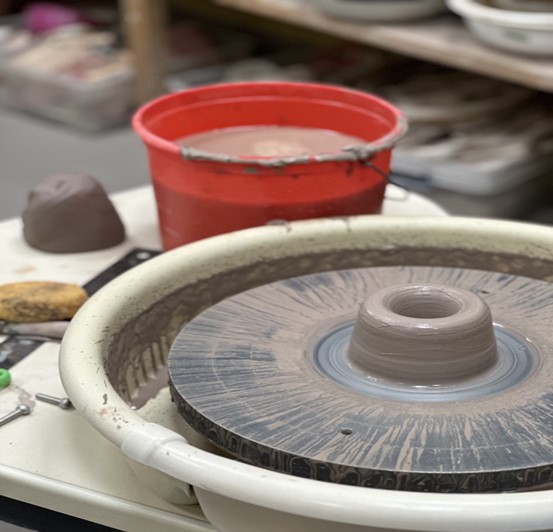
Photo by Lisa Forkner on Unsplash
Boleslawiec, Lower Silesian Voivodeship
Boleslawiec, located in the Silesia region of Poland, is a town known for its rich clay deposits and as the birthplace of Polish pottery. It's situated in the Dolny Śląsk region and is often called the 'Polish Pottery Capital’ of Poland.
With a history dating back to the Middle Ages, Boleslawiec has a long tradition of pottery making.
Skilled artisans in the town handcrafted and hand-painted each piece of pottery using traditional techniques.
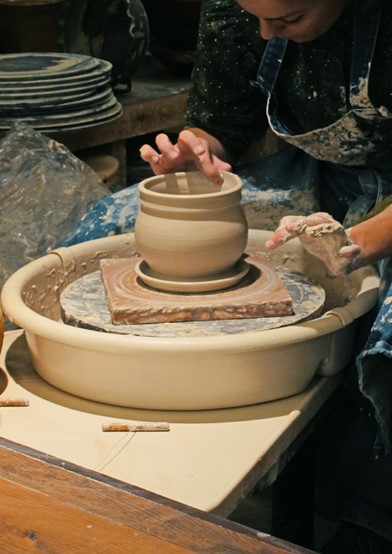
Photo by Robert Linder on Unsplash
This attention to detail and craftsmanship has made Boleslawiec pottery highly desirable among collectors worldwide.
Boleslawiec's vibrant and distinctive designs, adorned with intricate patterns and bold colors, have become a trademark of Polish ceramics.
Boleslawiec's reputation as the 'Polish Pottery Capital' is well-deserved, as it continues to produce high-quality earthenware goods that showcase the region's rich clay resources.
Whether you're a pottery enthusiast or simply looking for a unique piece to add to your collection, Boleslawiec is the place to visit for exquisite Polish pottery.
Korzec, Volyn Region
The Korzec faience and porcelain factory was founded by Prince Józef Klemens Czartoryski, the last descendant of his family line in Korzec. The factory was located in Korzec, in the Volyn region.
It was established in 1783 when the prince signed a contract with Franciszek Mezer, who became the first director of the Korzec porcelain factory.
At first, they made faience, a type of glazed pottery. However, in 1789, Mezer started experimenting with porcelain. Their porcelain pieces were successful, and they even sent some to the King of Poland, Stanislaus Augustus, in 1790.
Sadly, the factory's growth was stopped by the partitions of Poland. They lost access to Polish markets, and the partitioning powers imposed high tariffs, making it difficult for them to expand.
In 1795, Mezer stepped down as director and was replaced by his brother, Michal. However, in 1796, disaster struck when there was a fire at the factory. It took them about a year to rebuild.
In 1804, Michal Mezer left the factory and started a new one called the Baranovka factory. The new directors of the Korzec factory were Meraud and Petion, who came from the French porcelain factory in Sevres. Meraud became the director but was later replaced by Petion in 1807.
By 1807, they moved faience production to Horodnitsa, and the Korzec factory focused solely on making porcelain.
From 1814 to 1817, the CEO was Eustachy Sanguszko, who was married to one of Czartoryski's daughters. Gabriel Rzyszczewski took over in 1821 and leased the factory to Petion.
However, between 1824 and 1832, the Korzec factory declined. Their products were expensive and of lower quality. They finally closed down in 1847 after selling off their remaining stock.

Photo from Zakladyboleslawiec
Cmielów, Świętokrzyskie Voivodeship
Cmielów is a town located in southeastern Poland. Specifically, it is situated in the Świętokrzyskie Voivodeship, near the border with the Lesser Poland Voivodeship.
Founded in Cmielow is also one of the oldest porcelain factories in Poland. It all began in 1790 when a group of local potters started a workshop.
Some folks claim the factory started making faience at the beginning of the 19th century. They also claim that Chancellor of the Crown Jacek Małachowski initiated the factory establishment.
In 1838, they started producing china and became known for their classical style. One of their popular items was transparent baskets made from thin china rolls.
After 1840, pieces from Ćmielów began featuring prints depicting rural landscapes, historical scenes, and portraits of famous individuals.
During the Interwar period, the factory collaborated with renowned designers, creating iconic tableware like 'Kula' and 'Płaski' in the art deco style.
Although the factory was nationalized after the war, it was privatized again in 1997. Today, it continues to produce functional china in various styles.
The contemporary line, developed in the Ćmielów Design Studio, adds a modern touch to their creations.
Opole, Upper Silesia region
The pottery of the Opole region in Poland is renowned for its exceptional quality and skilled craftsmanship.
This rich tradition dates back centuries, with artisans dedicated to creating unique and remarkable porcelain pieces.
The meticulous attention to detail and commitment to excellence are evident in each handcrafted item, reflecting the pride and passion of the artisans.
One remarkable aspect of Opole pottery is its distinct patterns and designs. The artwork adorning these porcelain pieces often showcases elaborate and intricate motifs, combining vibrant colors to create visually striking compositions.
These patterns are not just random embellishments but are carefully thought out and deliberately applied, enhancing the aesthetics and uniqueness of each product.
The ability to create such intricate designs demonstrates the remarkable skill and artistry possessed by the Opole artisans.
Besides their visual appeal, the pottery of the Opole region is also highly regarded for its functionality and durability.
Despite being delicately adorned, these porcelain pieces are capable of withstanding everyday use. The artisans' dedication to ensuring the practicality and longevity of their creations further illustrates their commitment to producing high-quality pottery.
Whether it is used in a casual setting or for special occasions, the Opole porcelain can withstand the test of time, offering both utility and elegance in equal measures.
Photo from Zakladyboleslawiec
Włocławek, Kujawy region
The pottery of the Włocławek, Kujawy region in Poland, has a rich history that dates back to 1873 when the first faience factory was established.
Over the years, several faience factories operated in the area, producing a wide range of plates, bowls, breakfast sets, and dinner sets. These products were often adorned with beautiful and distinctive colorful flower decorations, adding to their charm.
The faience factories in Włocławek were known for their craftsmanship and attention to detail, with some pieces being hand-painted by exceptional artists who won prizes for their unique creations.
During World War II, the faience factories in Włocławek fell under the control of the Third Reich, and their products were marked as "Leslau."
However, after the war, the Polish state nationalized the factories and continued production under the name United Polish Faience Factories.
The tradition of Włocławek faience production endured and gained popularity, especially in the 1970s when hand-made and hand-painted faience pieces, known as "Wloclawki," became fashionable.
These pieces were highly regarded for their artistic quality and were often considered one-of-a-kind projects. Although production ceased in 1990
Conclusion
Poland is known for its diverse regions that specialize in producing beautiful Polish pottery. The rich history behind these pieces of art shows the creativity of the Polish people.
Each region in Poland brings its own unique charm and expertise to the art of pottery making. The Polish pottery industry has flourished because of the dedication and skill of these artisans.
Their creations have become highly sought-after worldwide, with Polish pottery becoming a cherished form of art.
Polish pottery continues to captivate art enthusiasts around the globe. It's a testament to Poland's rich cultural heritage and artistic talent.




